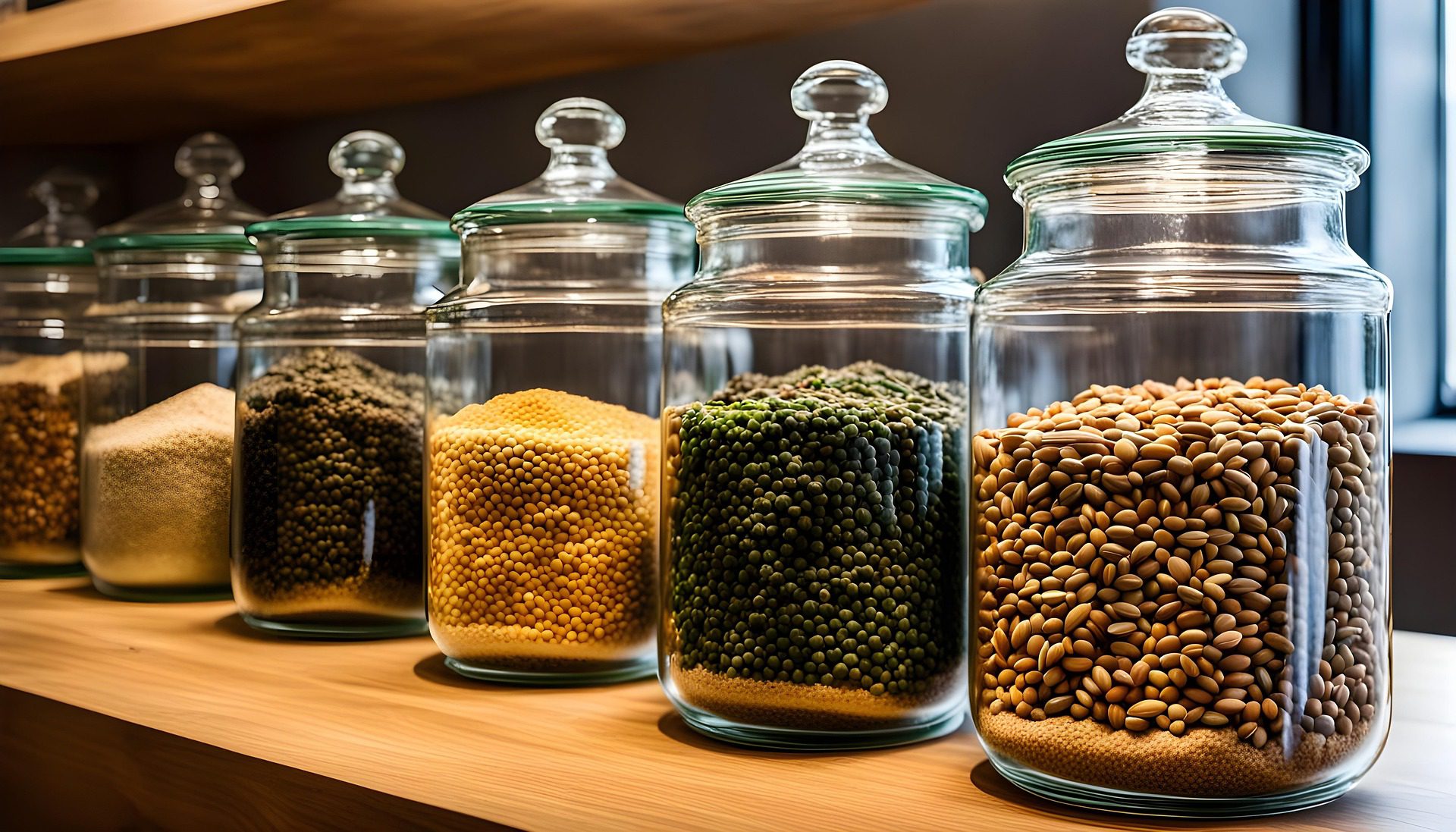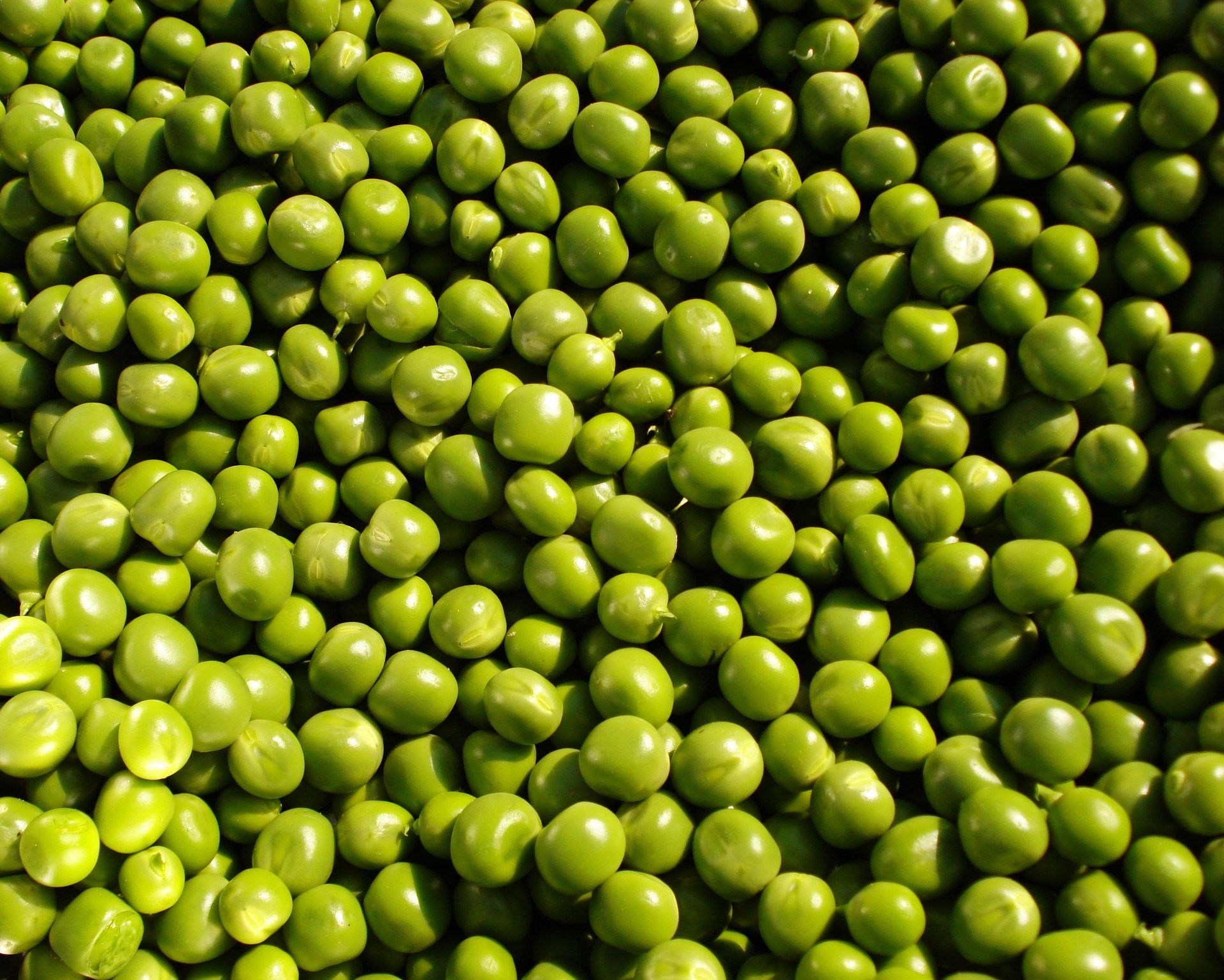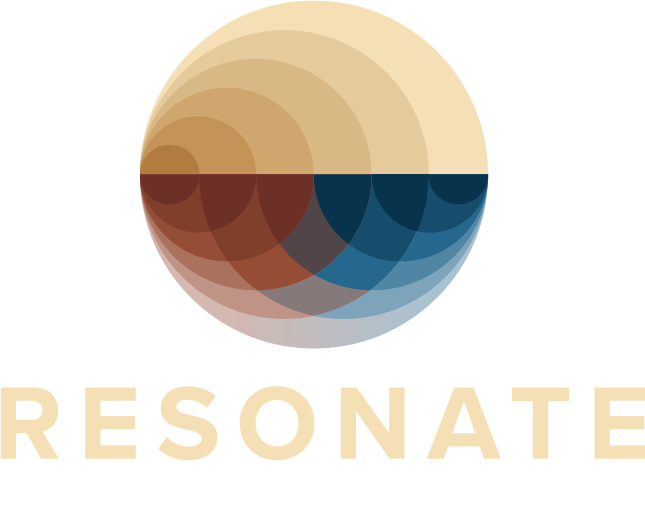In recent years, high-protein diets have gained popularity, particularly among women, as part of an effort to boost muscle mass, support weight management and enhance overall health. Peri and postmenopausal women especially have been receiving this message as body composition issues tend to be more at the forefront at this time of life.
While high protein diets have shown to offer benefits, they also come with certain concerns that should be carefully considered. In this article, we will explore the pros and cons of high-protein diets, including the impact of different protein sources, the importance of balanced macronutrients and the vital role of healthy carbohydrates sourced from fruits and vegetables.
The Rise of High-Protein Diets for Women
Current health trends often recommend that women adopt high-protein diets to support muscle growth, maintain a healthy weight and reduce body fat which becomes more of an issue for them as they age. Protein, one of the 3 macronutrients along with carbohydrates and fat, is essential for muscle repair and growth where one’s protein needs will vary based on factors such as activity level and body weight. The CDC recommends a baseline of 46 grams of protein per day for the average woman, but many health experts are now encouraging higher protein intake, particularly for active women. This study recommends >1g/kg/day which equates to 59 g for a 130 lb female, 68 g for a 150 lb female and 79 g for a 170 lb female. (Nabuco et al 2019) However, is this really appropriate?
This shift in dietary trends raises questions about the long-term effects of high-protein diets, particularly those that rely heavily on animal-based protein sources. It has been shown that protein, particularly from animal sources, is crucial for muscle mass production and overall muscle protein synthesis, but the source and accompanying macronutrient balance are other critical factors to consider.

Concerns with Animal-Based High-Protein Diets
Animal-based proteins, such as those from meat, dairy and eggs, are often touted for their high leucine content, which plays a key role in activating the mTOR pathway for muscle growth. It is suggested that animal-based proteins have an edge at promoting muscle mass and protein synthesis over plant-based proteins. However, these animal-based protein sources also tend to be high in fat which can increase the risk of cardiovascular disease, metabolic issues and non-alcoholic fatty liver disease (NAFLD).
Moreover, high protein intake from animal sources, particularly when combined with high-fat consumption, can place strain on your liver and kidneys over time. Individuals with pre-existing liver and kidney disease are routinely advised to minimize protein consumption. Fat metabolism requires extra effort from the liver, and prolonged high-fat consumption can increase the risk of fatty liver disease and other health complications.
While animal protein sources like whey protein have been shown to be effective at supporting muscle synthesis, they are not without concern due to their dairy content. Dairy proteins (such as in butter, milk, cream, cheese, yogurt, etc) can be inflammatory for some individuals, and high milk consumption has been linked to a range of health issues, including increased risk of colitis and multiple sclerosis (MS) (Katz Sand, 2018). This study provides a link between early dairy consumption and the increased risk of developing type 1 diabetes (Niinistö et al, 2024).

For Animal Protein Focus on Lean Cuts of Meat
If you choose to include animal-based protein in your diet, it’s highly recommended to focus on lean cuts of meat. Opt for lean chicken breast, turkey, beef or fish rather than fattier cuts. Keep in mind that with seafood it is important to ensure you are choosing sources with low mercury levels. This approach allows you to benefit from the muscle-building properties of animal protein without significantly increasing your intake of fat, which can negatively impact cardiovascular health and insulin sensitivity.
*Given the current concern with the bird flu at the time this article is published (3/2025) and in an attempt to prevent propagation of the virus, it is suggested to not consume poultry.

Eggs and Their Potential Health Risks
Despite being a popular source of protein, eggs are not recommended as a primary protein source due to several concerns. Eggs, like other animal-based proteins, tend to be high in fat, particularly saturated fat, which can contribute to cardiovascular issues and other health risks. Additionally, there are growing concerns about the viral-promoting effects of eggs.
Eggs are often used in the culturing of viruses for vaccine production, raising concerns about their potential role in propagating viral infections. It has been shown that egg allergies are correlated to an increase in the concentration of Epstein-Barr virus (EBV) material in individuals, suggesting a correlation between egg consumption and viral activity. Refer to this article in reference to the connection between underlying long term viral infections, pain and postural tension.
In addition to their viral promoting nature, egg consumption has been linked to cardiovascular disease, cancer and all-cause mortality in some studies. For example, research cited in Mastering Diabetes suggests that excessive egg intake may not be conducive to long-term health, particularly for individuals at risk of heart disease (Khambatta & Barbaro, 2020).

The Role of Plant-Based Proteins in Muscle Growth
Although animal proteins may offer an edge in terms of muscle mass production, plant-based proteins are still highly effective, especially when combined properly to provide a complete amino acid profile. Foods such as lentils, chickpeas, quinoa and oats are excellent sources of plant protein. When consuming tofu (10 g of protein per 1/2 cup), make sure to choose non-GMO, organic options, such as tempeh and the highest-quality soy sauce, nama shoyu, which is the cleanest and safest soy source. These plant-based proteins can help build and repair muscles without the added burden of excessive fat intake.
- Lentils: 9g of protein per ½ cup
- Chickpeas: 7g of protein per ½ cup
- Quinoa: 8g of protein per cup
- Oats: 6g of protein per ½ cup
- Millet: 6 g of protein per 1 cup
- Brown rice: 4.5 g of protein per 1 cooked cup
Plant-based sources of protein are typically lower in fat and free from cholesterol, making them heart-healthy alternatives. When combined properly, these proteins provide all the essential amino acids necessary for muscle building and overall health.

The Potential Inflammatory Nature of Gluten Containing Grains
If you are sourcing protein through whole grains, it’s important to ensure that the grains are gluten-free. Gluten, a protein found in wheat, barley and rye, can have an inflammatory effect in most individuals to varying degrees. Studies have shown that gluten-free diets can provide significant health benefits. For example:
- One study found a complete remission of plantar fasciitis on a gluten-free diet (Paoloni et al., 2014).
- Research indicates that gluten exacerbates symptoms of irritable bowel syndrome (IBS), and a gluten-free diet may help alleviate these symptoms (Rej & Sanders, 2018).
- A fibromyalgia study showed remission of fibromyalgia symptoms when patients eliminated gluten from their diet (Isasi et al., 2014).
Therefore, if you have a sensitivity to gluten or conditions like IBS, chronic pain or fibromyalgia, opting for gluten-free grains (such as quinoa, rice, oats and millet) can be a better choice for protein sourcing.

Protein-Rich Fruits and Vegetables
Did you know that fruits and vegetables also contribute valuable bioavailable protein to your diet? Here are some examples of protein-rich vegetables:
- Peas: 8-9g of protein per cup
- Artichokes: 4g of protein per cup
- Broccoli: 3g of protein per cup
- Brussels sprouts: 3g of protein per cup
- Potato: 3 g of protein
- Asparagus: 3 g of protein per cup
- Spirulina: 2 g or protein per tsp
Fruits such as blackberries, kiwi and apricots also contain excellent forms of protein, along with essential vitamins and minerals.
- Blackberries: 2 g of protein per cup
- Kiwi: 2 g of protein per cup
- Apricot: 2 g of protein per cup
- Cantaloup: 1.5 g of protein per cup
- Raspberries: 1.5 g of protein per cup
- Cucumber: 1.2 g of protein per 1 medium peeled
- Orange: 1 g of protein
- Blueberries: 0.6 g of protein per cup
- Apple: 0.5 g of protein
Therefore, plant-based diets can effectively support muscle growth and performance, particularly when combined with high-carbohydrate foods like fruits, vegetables and whole grains. Furthermore, plant proteins, when paired with healthy carbohydrates, can provide a balanced and sustainable approach to muscle development and overall health.

Why Healthy Carbohydrates Matter: Fruits and Vegetables
In addition to protein, it’s important to focus on the role of carbohydrates, particularly healthy ones found in fruits and vegetables. These carbohydrates provide essential energy for your body and help regulate blood sugar levels. When consumed in adequate amounts, they reduce the risk of chronic diseases such as heart disease, diabetes and cancer.
Vegetables should make up a significant portion of your daily intake—aim for 7-8 servings a day, emphasizing starchy vegetables like potatoes, sweet potatoes and squash. These starchy carbohydrates provide vital energy along with excellent bioavailable protein while also containing a wide range of healing nutrients such as phytochemicals. Fruits should also be included in your diet, with 6 servings per day being an ideal goal and are great snack options. The natural sugar found in fruit, along with its powerful antioxidants and vitamins, is a critical source of energy for your cells and should not be feared.
Leafy greens, such as spinach, kale and arugula, are another essential part of your diet. Aim for 2.5-5 cups per day of these nutrient-dense gifts from nature.
-
- Spinach: 0.9 g of protein per cup
- Kale: 0.6 g of protein per cup
- Arugula: 0.5 g of protein per cup
Together, fruits, vegetables and leafy greens support your body’s optimal function and promote long-term health.

The Importance of Reducing Fat and Balancing Macronutrients
To prevent blood sugar dysregulation, manage a healthy weight and prevent chronic health conditions, it’s essential to reduce the intake of fats, especially when pairing them with carbohydrates. High-fat diets, particularly those high in saturated fat, can interfere with glucose metabolism by blocking glucose from entering your cells where it is vitally needed. This in turn causes increased blood glucose levels and insulin demand leading the way to weight gain and reduced insulin sensitivity. Glucose, the primary energy source for your brain and muscles, is essential for cell function. Your brain only runs on glucose (not fat). Without glucose, your body will experience energy depletion which can result in increased fatigue, decreased cognitive function, poor healing, impaired muscle mass building, inflammation and many more health issues.
Furthermore, when fat consumption exceeds your body’s ability to metabolize it, the fat enters your bloodstream, which can reduce oxygen levels. This can impair immune function, making it more difficult for your body to fight off infections and detoxify effectively. High fat diets are associated with increased cholesterol levels and the development of fatty liver. Even though plant based fats such as nuts, avocados and olives spend less time in the blood than animal ones, it still can interfere with optimal blood oxygen and glucose balance.
In general, if consuming fat, it is best to do it in isolation from carbohydrates to best avoid blood sugar strain. For example, if you are going to have some nuts as a snack, have them by themselves and not combined with fruit, crackers or some other carbohydrate.
The book Mastering Diabetes highlights the importance of balancing carbohydrate intake with low fat consumption which is in contrast to current health trends of villainizing carbohydrates. It emphasizes that a high-fat diet can actually decrease insulin sensitivity and increase LDL cholesterol levels, both of which are associated with an increased risk of chronic diseases such as heart disease, diabetes, and obesity (Khambatta & Barbaro, 2020).

The Bottom Line: Balanced Nutrition for Long-Term Health
While protein is an essential macronutrient for muscle growth and repair, it is not the only nutrient your body needs and hyperfocusing on it can potentially bring about undesirable side effects. A balanced diet that includes moderate protein intake, healthy carbohydrates from fruits, vegetables, and whole grains, ample leafy greens and low fat that is primarily plant based can best help support long-term health.
The goal is not to excessively increase protein intake, but rather to ensure that you are getting adequate amounts to support your body’s needs, while also consuming a diverse array of nutrient-dense foods to ensure optimal health. By following the guidelines outlined in this article, you will get all the protein you need to thrive. Reducing fat intake and focusing on high-quality carbohydrates, such as those from fruits and vegetables, will not only support muscle growth but also reduce your risk of developing chronic diseases.
- Katz Sand, I. "The Role of Diet in Multiple Sclerosis: Mechanistic Connections and Current Evidence." Curr. Nutr. Rep., vol. 7, no. 3, pp. 150–160, Sep. 2018, doi: 10.1007/s13668-018-0236-z.
- Khambatta, C., and R. Barbaro. Mastering Diabetes: The Revolutionary Method to Reverse Insulin Resistance Permanently in Type 1, Type 1.5, Type 2, Prediabetes, and Gestational Diabetes. Avery, 2020.
- Paoloni, M., Tavernese, E., Ioppolo, F., Fini, M., and Santilli, V. "Complete Remission of Plantar Fasciitis with a Gluten-Free Diet: Relationship or Just Coincidence?" Foot Edinb. Scotl., vol. 24, no. 3, pp. 140–142, Sep. 2014, doi: 10.1016/j.foot.2014.06.004.
- Rej, A., and D. S. Sanders. "Gluten-Free Diet and Its 'Cousins' in Irritable Bowel Syndrome." Nutrients, vol. 10, no. 11, p. 1727, Nov. 2018, doi: 10.3390/nu10111727.
- Isasi, C., et al. "Fibromyalgia and Non-Celiac Gluten Sensitivity: A Description with Remission of Fibromyalgia." Rheumatol. Int., vol. 34, no. 11, pp. 1607–1612, 2014, doi: 10.1007/s00296-014-2990-6.
- Pan, Y., Z. Nie, Y. Zhang, K. Zhang, J. Li, and L. Wang. "Identification of EBV Infection in Adults with Egg Specific Food Allergy." Virol. J., vol. 10, p. 9, Jan. 2013, doi: 10.1186/1743-422X-10-9.
- Ouyang, Y., Huang, F., Zhang, X., Li, L., Zhang, B., Wang, Z., & Wang, H. (2022). Association of Dietary Protein Intake with Muscle Mass in Elderly Chinese: A Cross-Sectional Study. Nutrients, 14(23), 5130. https://doi.org/10.3390/nu14235130
- Nabuco HC, Tomeleri CM, Junior PS, Fernandes RR, Cavalcante EF, Nunes JP, Cunha PF, Dos Santos L, Cyrino ES. Effects of higher habitual protein intake on resistance-training-induced changes in body composition and muscular strength in untrained older women: A clinical trial study. Nutr Health. 2019 Jun;25(2):103-112. doi: 10.1177/0260106019838365..
- Niinistö S, Cuthbertson D, Miettinen ME, Hakola L, Nucci A, Korhonen TE, Hyöty H, Krischer JP, Vaarala O, Knip M, Savilahti E, Virtanen SM; TRIGR Investigators. High Concentrations of Immunoglobulin G Against Cow Milk Proteins and Frequency of Cow Milk Consumption Are Associated With the Development of Islet Autoimmunity and Type 1 Diabetes-The Trial to Reduce Insulin-dependent Diabetes Mellitus (IDDM) in the Genetically at Risk (TRIGR) Study. J Nutr. 2024 Aug;154(8):2493-2500. doi: 10.1016/j.tjnut.2024.06.005.
This content is being provided for informational purposes only and is not a substitute for medical advice.
Please consult your medical doctor or professional if you have medical concerns.
©️ 2022 Resonate Health. This video may not be duplicated, copied or shared unless authorized.


